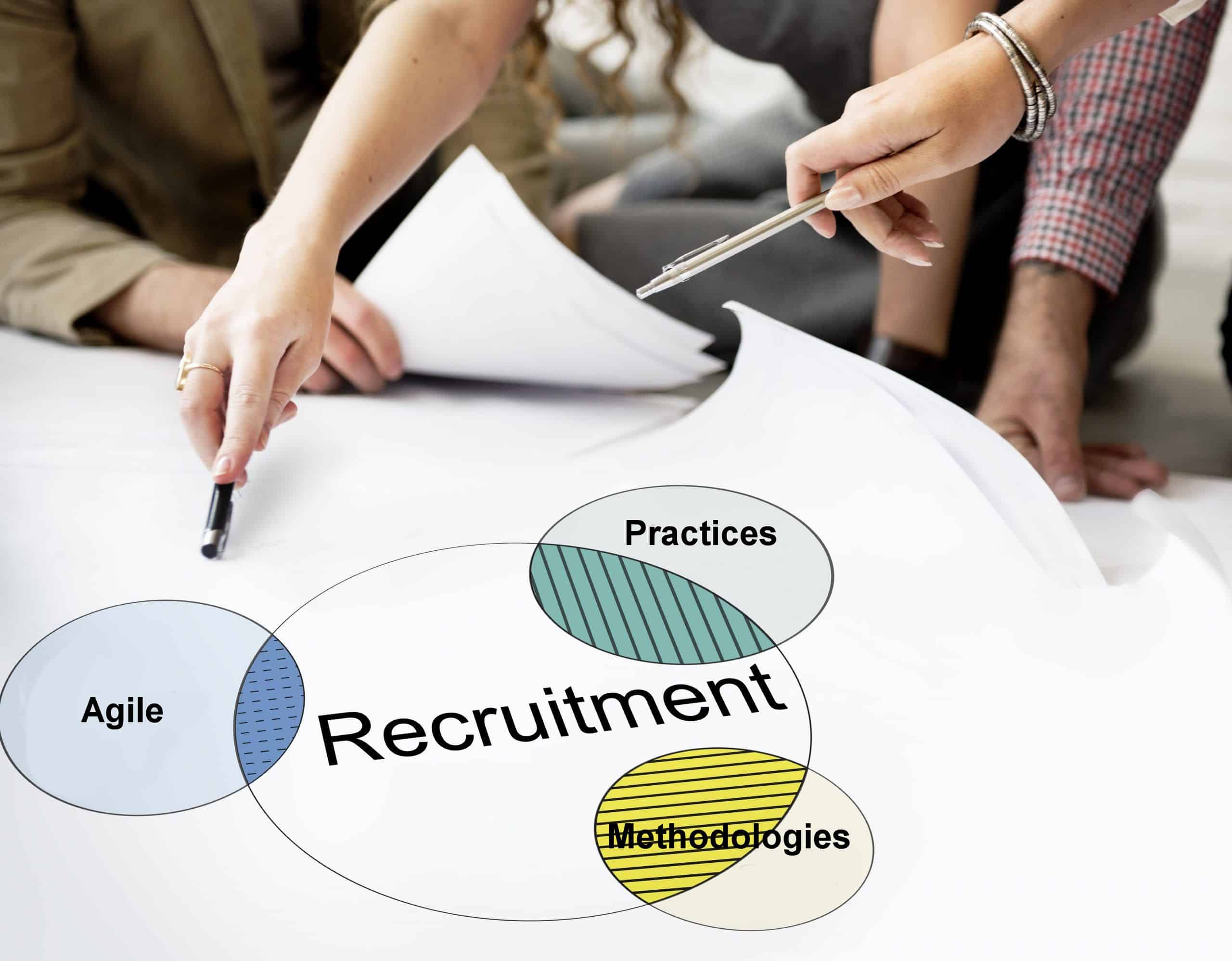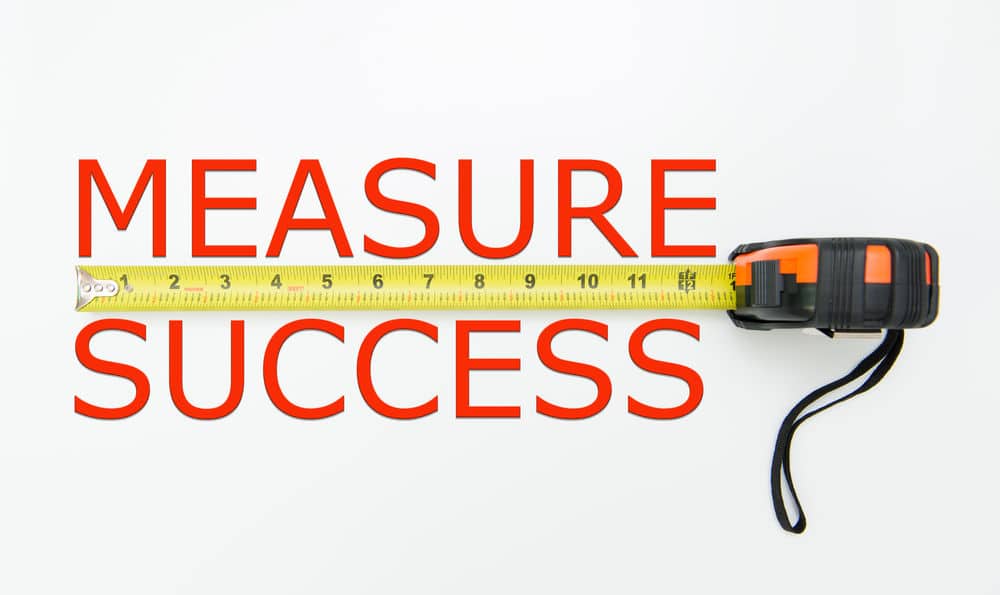In the fast-paced job market today, traditional recruitment methods often struggle to keep up with the evolving needs of organizations. Agile recruitment offers a fresh approach that emphasizes flexibility, responsiveness, and teamwork among HR professionals.
By adopting agile methodologies, companies can transform their hiring processes, resulting in quicker hiring cycles and a better overall experience for candidates.
This blog post delves into the core principles of agile recruitment, its advantages, and actionable steps for effective implementation within your HR team.
What is Agile Recruitment?
Agile recruitment draws inspiration from agile project management, which focuses on iterative progress, adaptability, and collaboration among diverse teams. When applied to recruitment, this concept involves:
- Iterative Hiring: Breaking the recruitment process into smaller, manageable phases instead of following a rigid, linear path.
- Continuous Feedback: Regularly collecting input from hiring managers, candidates, and team members to improve processes and outcomes.
- Team Collaboration: Engaging various stakeholders in the recruitment journey, including hiring managers and team members, to ensure diverse perspectives and quicker decision-making.
Advantages of Agile Recruitment

- Flexibility: Agile recruitment enables teams to swiftly adapt to changing hiring needs, whether due to market fluctuations, organizational modifications, or shifting role requirements. This agility helps HR teams stay proactive rather than reactive.
- 2. Faster Hiring Cycles: By emphasizing iterative processes and ongoing feedback, agile recruitment can substantially shorten the time it takes to fill positions. Teams can quickly identify and address bottlenecks, resulting in a more efficient hiring cycle.
- Collaboration: Agile methodologies promote a culture of teamwork within HR departments and across organizations. Involving different stakeholders in recruitment leads to richer insights and better hiring decisions.
- Candidate Experience: Agile practices prioritize communication and transparency, contributing to a more positive experience for candidates. Timely updates and clear expectations can enhance your employer brand significantly.
- Data-Driven Decisions: Agile recruitment encourages the use of data and analytics to guide hiring choices. By tracking key metrics, HR teams can continuously refine their strategies and improve outcomes.
Steps to Implement Agile Recruitment
- Embrace Agile Principles: Begin by educating your HR team about agile methodologies. Consider offering training sessions that cover principles like iterative progress, teamwork, and adaptability. This foundational knowledge will help cultivate an agile mindset.
- Establish Cross-Functional Teams: Create recruitment teams that consist of HR professionals, hiring managers, and relevant team members. This diversity enhances collaboration and ensures a well-rounded approach to the hiring process.
- Clarify Roles and Responsibilities: Clearly define each team member’s role within the recruitment process. This clarity streamlines accountability and decision-making.
- Adopt Iterative Processes: Break the recruitment journey into smaller phases. Instead of a linear flow from job posting to hire, consider cycles of sourcing, interviewing, and gathering feedback. This allows for quick adjustments based on insights gained at each stage.
- Leverage Technology: Invest in recruitment tools that support agile practices. Look for platforms that facilitate collaboration, provide real-time data, and enhance communication among team members. Features like applicant tracking systems (ATS) and collaborative hiring tools can significantly benefit your agile recruitment efforts.
- Create Feedback Loops: Establish methods for collecting and analyzing feedback throughout the recruitment process. Regular check-ins with hiring managers and candidates can yield valuable insights into what is working and what needs improvement.
- Measure Your Success: Identify key performance indicators (KPIs) to evaluate the effectiveness of your agile recruitment practices. Metrics such as time-to-fill, candidate satisfaction scores, and quality of hire can help you monitor progress and make informed adjustments.
- Promote Continuous Improvement: Foster a culture of continuous improvement within your HR team. Celebrate successes, learn from setbacks, and routinely evaluate your processes to identify opportunities for enhancement.
Case Study: Agile Recruitment in Action
To illustrate the impact of agile recruitment, let’s consider a hypothetical company, Tech Innovations, which decided to adopt agile practices in its hiring process.
Background: Tech Innovations faced challenges with lengthy hiring cycles and insufficient collaboration between HR and hiring managers. The organization sought to implement agile recruitment to overcome these hurdles.
Implementation:
– The HR team underwent training on agile methodologies and established cross-functional recruitment teams.
– They divided the hiring process into iterative phases, which allowed for quick adaptations based on ongoing feedback.
– The team utilized technology to enhance collaboration, using an ATS that offered real-time updates and analytics.
Results:
– The time-to-fill positions dropped by 30%, enabling Tech Innovations to respond more effectively to business demands.
– Candidate satisfaction scores improved significantly, as candidates received timely updates and felt more engaged throughout the process.
Conclusion
Agile recruitment presents a powerful opportunity for HR teams to enhance their hiring processes. By embracing flexibility, responsiveness, and collaboration, organizations can streamline their recruitment efforts, leading to faster hiring cycles



